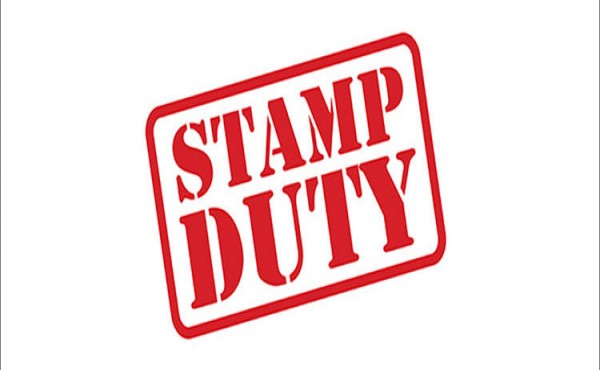What are HSN and SAC codes in GST? What is the difference between HSN and SAC codes.?
Dated: April 28, 2020
The Goods & Service Tax (GST) was introduced in the country with effect from 1st July, 2017. It follows the concept of one nation one tax and hence is one indirect tax for the entire country. It is levied on supply of goods and services. While the Supply of goods can be categorized by the HS (Harmonised System) of Nomenclature, the supply of goods is categorized by the Service Accounting Codes (SAC) so that there is no obstacle/hurdle in international trade. These codes are used in the process of invoices and record keeping, so that the goods or services offered can easily be identified.
Harmonized System of Nomenclature (HSN)
HSN code stands for “Harmonized System of Nomenclature”. This system has been introduced for the systematic classification of goods all over the world. HSN code is a 6-digit uniform code that classifies 5000+ products and is accepted worldwide. It was developed by the World Customs Organization (WCO) and it came into effect from 1988.
The Harmonized System of Nomenclature which is an internationally recognized system for classifying and codifying all the products in the world.
The HS is thus a universal economic language and code for goods, and an indispensable tool for international trade. The World Trade Organization (WTO) and individual countries are using the Harmonized System as a common language of trade for purposes of trade negotiations. The universal application of the HS allows the conduct of effective trade data reconciliation studies
Service Accounting Code (SAC)
Service Accounting Code also known as SAC, are the codes issued by the Central Board of Indirect Tax & Customs (Service Tax Department) to classify and identify the services offered. Each Service offered has a unique SAC code just like unique HSN for different category of products. The Scheme of Classification of Services adopted for the purposes of GST is a modified version of the United Nations Central Product Classification. People involved in the business of providing services can and should use SAC code for clear understanding of tax levied on the services offered and received.
SAC (Services and Accounting Code) codes are based on the Harmonized System of Nomenclature which is an internationally recognized system for classifying and codifying all the products in the world. This system enables the compliance of GST based on international standards.
Difference between HSN & SAC
Under GST, HSN code is used to classify the goods while, SAC code is used to classify different services.
When the turnover of the firm is less than 1.5 crore it is not mandatory to use the HSN/SAC code but they must mention the description/details of the Goods and Services offered in the invoice.
SAC is mandatory for all firm who have turnover of 1.5 crore or above. As per the classification of turnover, there are different levels of HSN codes to be used by the firms/organisations. HSN has various levels while SAC has no level. SAC codes are six digit codes while HSN codes can be two, four and eight digits. These levels of HSN codes in regard to turnover are explained as follows : -
- Rs. 1.5 crores to Rs. 5 crores – HSN code at minimum 2 digit chapter level is mandatory.
- Above Rs. 5 crores – HSN code at minimum 4 digit chapter level is mandatory.
- For export turnover, 8-digit HSN code is mandatory irrespective of the turnover.
Though there is a specific mention to the fact that HSN code will be required to be used by the organisations in the business of import and export irrespective of turnover, there is no mention when it comes to businesses with turnover less than 1.5 crore involved in import and export to use SAC code.
Top Stories

Adultery no longer a Criminal offence says Supreme Court...
September 29, 2018
Stamp Duty on transfer of Shares and Debentures
September 14, 2018
SHEDDING LIGHT ON SECTION 353 OF INDIAN PENAL CODE (IPC)
March 13, 2022
DISMISSAL, DISCHARGE, TERMINATION AND RETRENCHMENT OF AN...
September 14, 2018
Are Adultery Laws Biased in India
August 13, 2018



